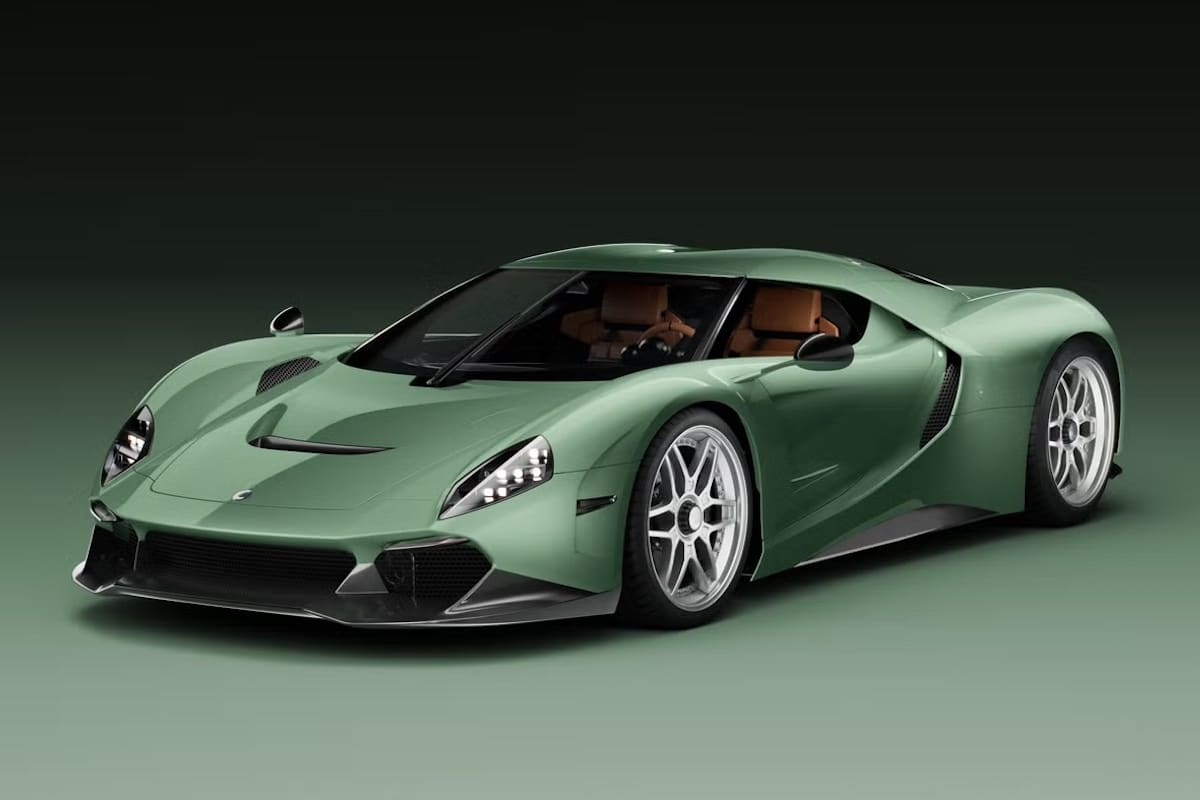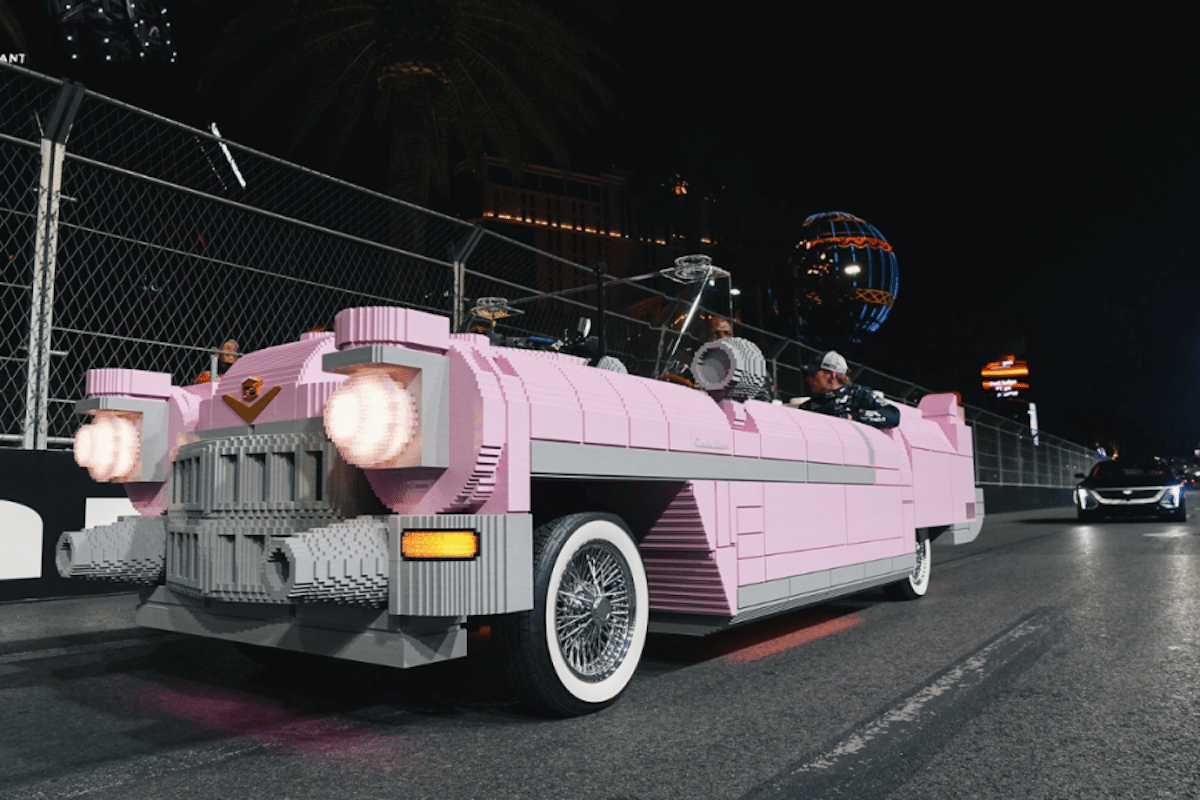The Automobile in the Midst of the “Things Were Better Before” Crisis

In the small world of pleasure cars, a strange revolution is underway, going against the evolution of the automotive industry.
As the automotive industry accelerates its digital transformation, drowning drivers in screens, algorithms, and assistance systems, a segment of enthusiasts is turning away from this cold modernity. For them, salvation will not come from software or remote updates but from a return to fundamentals: metal, cables, gears… and noise.

The Capricorn 01 Zagato perfectly exemplifies this claimed nostalgia. In a market saturated with electronic supercars, this German-Italian hypercar dares simplicity: a 5.2-liter supercharged V8 engine from Ford, 887 hp, a five-speed manual transmission, and a traditional clutch. No steering wheel paddles, no driving modes or torque limiter. Just a driver, a machine, and a direct communication between the two.
But is it enough?
Zagato delivers a sleek and sporty design, while the carbon chassis designed by Capricorn— a German company that has worked on Bugatti and Porsche racing cars—claims less than 1200 kg on the scale. The interior, equally purist, features analog gauges, titanium switches, and a mechanically adjustable gear lever. A car to “live” in, not “manage”.
You might be interestedin this article:
This rejection of over-technology is not just a display of aesthetic preference. It reflects weariness with vehicles that have become too perfect, too filtered, where humans seem sidelined. With the Capricorn 01, produced in only 19 units, the automobile finally remembers what it is: a machine of emotions, not a rolling calculator. In this context, the “better before” crisis takes on a form of resistance.
ALSO READ: The ban on thermal engines in 2035 is turning into a joke
This page is translated from the original post "L’automobile en pleine crise du “c’était mieux avant”" in French.
We also suggestthese articles:
Also read





